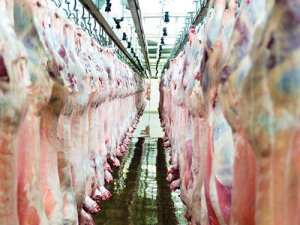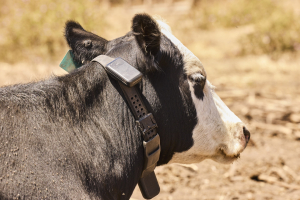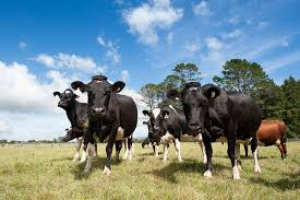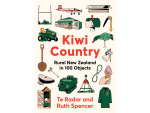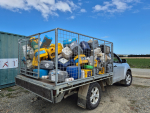As the country lacks large areas of grain/feed producing land, it uses grass-fed meat production systems in export focused species, says Investors Guide to the NZ Meat industry 2017, released recently. The report was commissioned by the Ministry of Business, Innovation and Employment (MBIE) and prepared by Coriolis, an Australasian management consulting firm specialising in the wider food value chain.
“The amount of grass area available to the meat industry is falling and the industry is producing fewer animals, and has fewer farming enterprises (consolidation) but more people employed,” the report says.
However, NZ may continue to increase animal productivity, the report says. Meat yield varies dramatically by species; yields per head are growing gradually across all key categories except beef, where the average yield is declining.
The low input/low intensity system produces smaller animals than most competitors. Total production has increased, the report says.
“NZ meat production has achieved stable long term growth through more efficient producers, higher productivity and higher yields; at the same time mix is changing in response to market demand.
“Cattle, particularly dairy cows, are replacing sheep in most regions; the South Island stands out for a particularly strong shift.
“Looking at 10 year growth drivers, the South Island stands out as increasing beef at the expense of sheep.”
Our low intensity model produces results different from our key peers, the report says.
NZ generates beef exports worth US$2.4 billion, with trade focused in North America, East Asia, Southeast Asia and the Middle East; trade is mostly boneless (frozen and chilled), the report says.
NZ is the global leader in the lamb meat trade, with a strong position in East Asia, Europe and North America.
NZ pioneered deer farming and leads the world in venison, an “intriguing and innovative product effectively unknown in most markets,” the report says.
Animal fat exports go mostly to East and Southeast Asia.
Poultry meat exports mostly go to Australia and the Pacific Islands; there appears to be widespread opportunities for growth worldwide.
“NZ trails peer group countries in converting its abundant raw meat into prepared/processed, ready-to-heat or ready-to-eat meat products; however the country is catching up fast.”
Four broad global consumer mega-trends are driving growth and new product development in the food and beverage industry.
NZ meat products succeeding on-shelf in export markets are aligned with these trends, which drive new product development, packaging, product, category and channel innovation.





